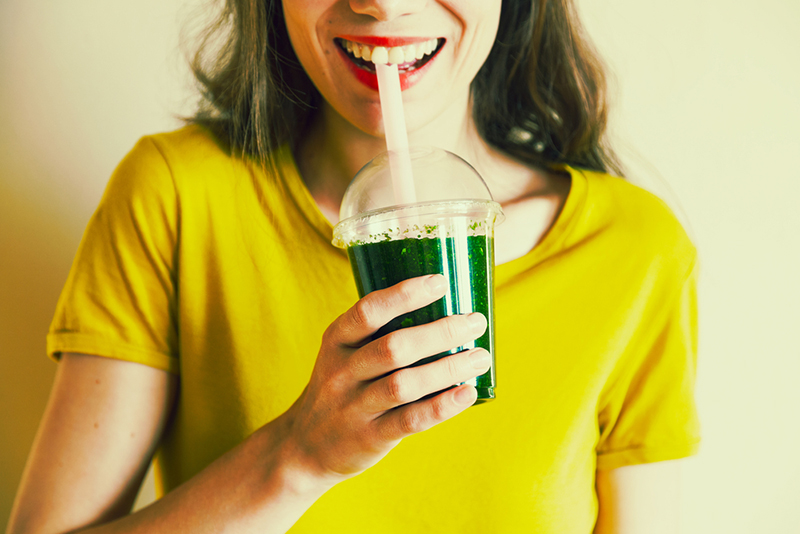

Fresh or pressed, green or some kind of “watermelon dream”, we have to ask, how healthy are those juices and smoothies that now fill the menu boards and mason jars of our favourite cafes?
Well, just because a juice, frappe, smoothie or extravagant iced tea was, at one point, based on some kind of melon or citrus, the truth is, when it lands on your table or in your takeaway cup it is unlikely to be as good for you as a simple piece of fruit itself.
Often the colourful creations will contain a lot of sugar and if they’ve been tricked up with yoghurt, you should also think about the calories they contain – especially if the beverage is going to accompany a meal, rather than replace it.
Fresh juice drinks can have the same amount of sugar as soft drink
While you won’t be consuming the nasty preservative numbers that soft drink manufacturers use, if you’re drinking juice – even the cafe-style, cold-pressed varieties – you need to remember you’re consuming sugar.
According to Harvard Medical School, “juice has less fiber than a whole fruit or vegetable does, and fruit juices in particular are likely to have a higher glycemic index — a measure of how a food raises blood-sugar levels — than a whole fruit”.
Put simply, without the fibre from its pulp our body can’t slow the digestion of the fruit’s sugar and so it’s often stored as fat.
Susan Jebb from the Medical Research Council’s Human Nutrition Unit at Cambridge University has stopped drinking juice.
“Fruit juice isn’t the same as intact fruit and it has as much sugar as many classical sugar drinks,” she said, as reported by The Guardian.
“It is also absorbed very fast, so by the time it gets to your stomach your body doesn’t know whether it’s Coca-Cola or orange juice, frankly. I have to say it is a relatively easy thing to give up.
“Swap it and have a piece of real fruit. If you are going to drink it, you should dilute it.”
And remember, smoothies can be a quick way to consume a lot of calories.
“If you’re ordering a smoothie at a juice bar or restaurant, ask if it contains added sugar, syrup, or honey,” Harvard suggests.
“If you’re blending your own, avoid fruit-flavored yogurts or frozen yogurts, which are likely to contain fruit syrups, added sugars, or artificial sweeteners.
“Use bananas, which have a high glycemic index, sparingly. Go lightly on the sweeteners – even ‘healthy’ sweeteners like agave syrup and honey.”
How to order a juice or smoothie (and get the goodness)
Do:
- Ask for the whole fruit to be blitzed into the drink (don’t leave that fibrous pulp behind)
- Add vegetables like kale, spinach, avocado or carrot to your juice
- Avoid any added syrups because the fruit is sweet enough!
- If you’re having a meal, opt for a low-calorie beverage which might mean avoiding yoghurt-based varieties
- Always opt for fresh over bottled because the nutrients are more likely to be retained
- Keep servings of regular fruit juice to 150 millilitres (yes, that’s quite a small glass).
Don’t:
- Assume that a fruit juice will always be healthy
- Give up entirely and order a soft drink instead
- Be too shy to make your own. The best way to know exactly what you’re eating or drinking is to prepare it all yourself.
House Call Doctor has previously looked at different types of sugars and how to reduce your intake and how to avoid the sweet stuff when sipping on something a little stronger than a smoothie.




